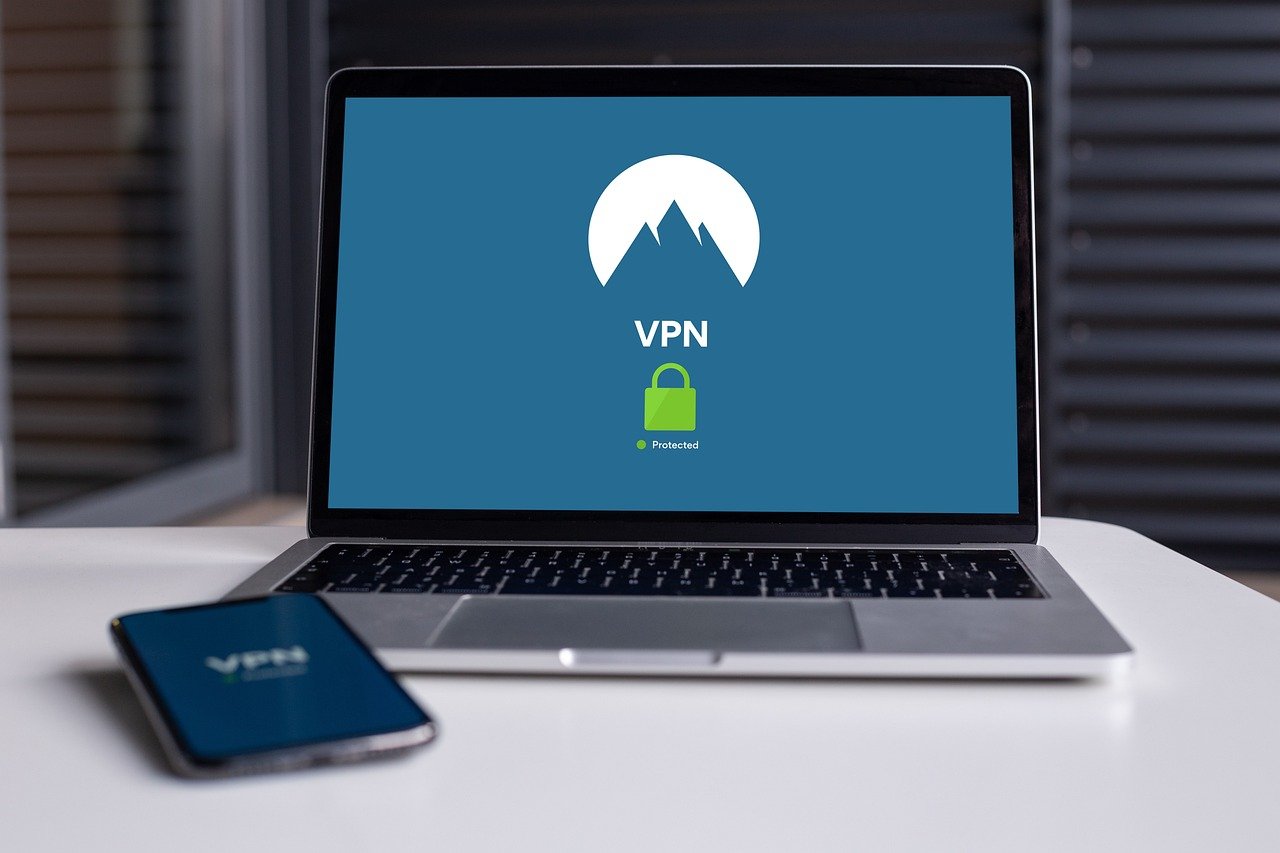Authentication: The Key to Secure Digital Access
In today’s digital landscape, where data breaches are increasingly common, ensuring the security of online accounts and applications is paramount. Authentication, the process of verifying a user’s identity, stands as the first line of defense against unauthorized access. Understanding the principles of authentication, its various methods, and its importance in safeguarding sensitive information is crucial for individuals, businesses, and developers alike. This blog post delves into the intricacies of authentication, providing a comprehensive overview of its mechanisms and best practices.
What is Authentication?
Defining Authentication
Authentication is the process of verifying that a user, device, or system is who or what it claims to be. It confirms an identity before granting access to resources, applications, or systems. Think of it like presenting your passport at border control – the passport (your credential) is checked against your identity to verify that you are indeed who you say you are. Without authentication, anyone could claim to be someone else and gain access to sensitive information or perform unauthorized actions.
Authentication vs. Authorization
It’s important to distinguish authentication from authorization. Authentication verifies who you are. Authorization determines what you are allowed to do once your identity is confirmed. Authentication happens before authorization. For example:
- Authentication: Logging into your online banking account with your username and password.
- Authorization: After logging in, you are authorized to view your account balance, but not authorized to transfer funds from another customer’s account.
Why Authentication Matters
Effective authentication is critical for a multitude of reasons:
- Data Protection: Prevents unauthorized access to sensitive data, including personal information, financial records, and intellectual property.
- Security Enhancement: Strengthens overall security posture by minimizing the risk of data breaches and cyberattacks.
- Compliance: Meets regulatory requirements for data privacy and security, such as GDPR, HIPAA, and PCI DSS.
- Trust & Reputation: Builds trust with users and customers by demonstrating a commitment to security, thereby protecting your organization’s reputation.
- Accountability: Enables tracking and auditing of user activities, facilitating accountability and incident response.
Types of Authentication Methods
Password-Based Authentication
This is the most common, and often least secure, method of authentication. It relies on users creating and remembering passwords to verify their identity.
- Strengths: Widely used, easy to implement initially.
- Weaknesses: Vulnerable to phishing attacks, brute-force attacks, and weak password usage (reusing passwords, easily guessable passwords). According to Verizon’s 2023 Data Breach Investigations Report, compromised credentials were the primary cause of breaches in many industries.
- Best Practices: Enforce strong password policies (minimum length, complexity, regular updates), implement password hashing algorithms (e.g., bcrypt, Argon2), and consider using a password manager. Educate users on password security.
Multi-Factor Authentication (MFA)
MFA adds an extra layer of security by requiring users to provide two or more authentication factors.
- Types of Factors:
Something you know: Password, PIN.
Something you have: Security token, smartphone, smart card.
Something you are: Biometric scan (fingerprint, facial recognition).
- Benefits: Significantly reduces the risk of account compromise, even if a password is stolen. MFA can block over 99.9% of account compromise attacks (Microsoft data).
- Implementation: Integrate MFA solutions into your applications and systems. Common methods include SMS codes, authenticator apps (Google Authenticator, Authy), and hardware security keys (YubiKey).
Biometric Authentication
Utilizes unique biological characteristics to verify identity.
- Types: Fingerprint scanning, facial recognition, iris scanning, voice recognition.
- Strengths: Highly secure, difficult to forge.
- Weaknesses: Privacy concerns, potential for inaccuracies, dependence on specific hardware, and potential for circumvention using sophisticated attacks. For example, sophisticated facial recognition systems have been fooled by high-quality masks.
- Considerations: Ensure robust security measures to protect biometric data. Adhere to privacy regulations.
Certificate-Based Authentication
Uses digital certificates to authenticate users and devices.
- How it Works: A certificate authority (CA) issues digital certificates to users. When a user attempts to access a resource, their certificate is validated against the CA.
- Benefits: Strong security, suitable for machine-to-machine authentication.
- Use Cases: Securing VPN connections, authenticating web servers, and managing access to sensitive resources.
Token-Based Authentication
Uses tokens (e.g., JSON Web Tokens – JWTs) to authenticate users.
- Process: After successful authentication (e.g., username/password), the server issues a JWT to the client. The client includes the JWT in subsequent requests to the server. The server validates the JWT to authenticate the user.
- Advantages: Stateless (the server doesn’t need to store session information), scalable, and supports cross-domain authentication.
- Considerations: JWTs should be signed securely to prevent tampering. Implement proper expiration policies to limit the token’s validity.
Implementing Authentication in Applications
Choosing the Right Authentication Method
Selecting the appropriate authentication method depends on several factors:
- Security Requirements: How sensitive is the data being protected?
- User Experience: How easy is the authentication process for users?
- Compliance Requirements: Are there specific regulatory requirements that must be met?
- Budget: What is the cost of implementing and maintaining the authentication solution?
Authentication Libraries and Frameworks
Leverage existing libraries and frameworks to simplify the implementation of authentication in your applications.
- Examples:
Passport.js (Node.js): A popular authentication middleware for Node.js.
Spring Security (Java): A powerful and customizable authentication and authorization framework for Java applications.
Django Authentication (Python): A built-in authentication system for the Django web framework.
Microsoft Authentication Library (MSAL): For authenticating users to Microsoft Azure Active Directory.
Secure Authentication Practices
- Use HTTPS: Encrypt all communication between the client and the server.
- Validate Input: Sanitize user input to prevent injection attacks.
- Store Passwords Securely: Use password hashing algorithms with salting.
- Implement Rate Limiting: Prevent brute-force attacks by limiting the number of login attempts.
- Regularly Update Libraries: Keep authentication libraries and frameworks up to date to patch security vulnerabilities.
The Future of Authentication
Passwordless Authentication
A growing trend that eliminates the need for passwords altogether.
- Methods: Biometrics, magic links, and push notifications.
- Benefits: Enhanced security, improved user experience, and reduced reliance on passwords.
- WebAuthn: A web standard that enables strong passwordless authentication using biometrics or security keys.
Decentralized Identity
A system where users have control over their own identity and can share it selectively with different services.
- Blockchain Technology: Often used to implement decentralized identity solutions.
- Benefits: Improved privacy, enhanced security, and greater user control.
AI-Powered Authentication
Using artificial intelligence to enhance authentication security and prevent fraud.
- Behavioral Biometrics: Analyzing user behavior patterns to detect anomalies and prevent unauthorized access.
- Adaptive Authentication: Adjusting the authentication requirements based on the user’s risk profile and the context of the access request.
Conclusion
Authentication is a critical component of modern security infrastructure. By understanding the different authentication methods, best practices, and emerging trends, individuals and organizations can enhance their security posture, protect sensitive data, and build trust with their users. Embrace strong authentication measures like Multi-Factor Authentication, and consider exploring the benefits of passwordless and decentralized authentication solutions to stay ahead of evolving security threats. The future of authentication is about enhancing security without compromising usability, providing a seamless and secure experience for everyone.



